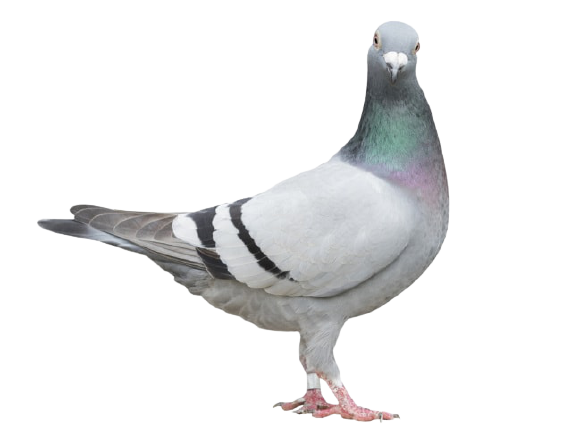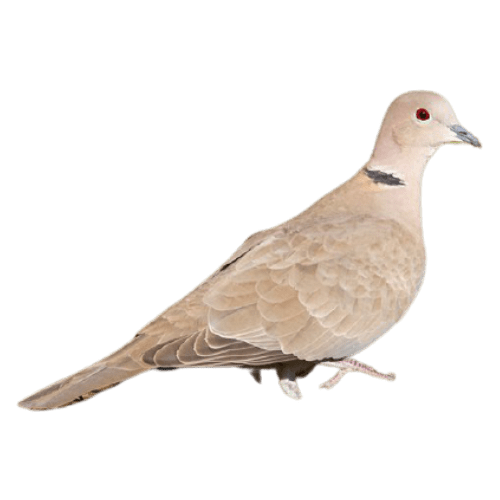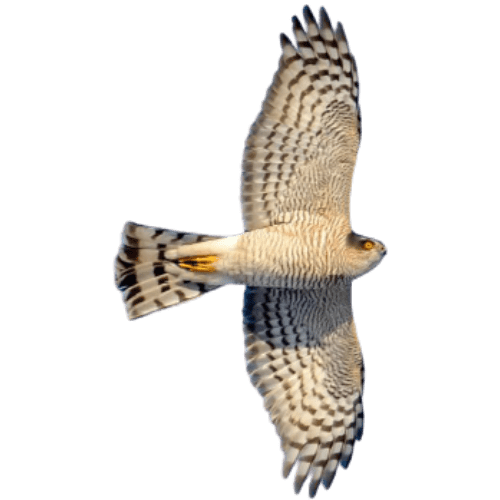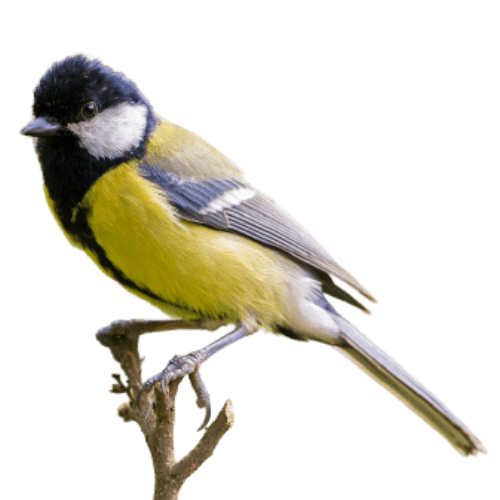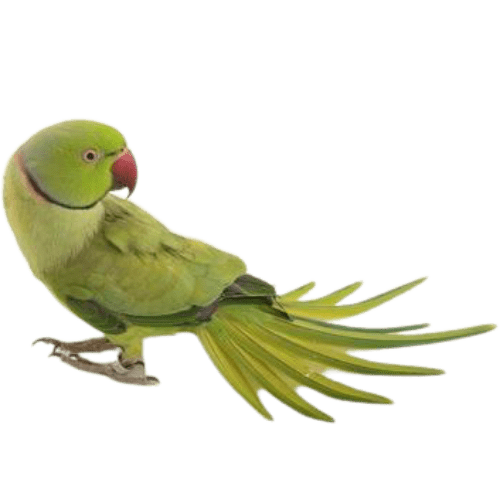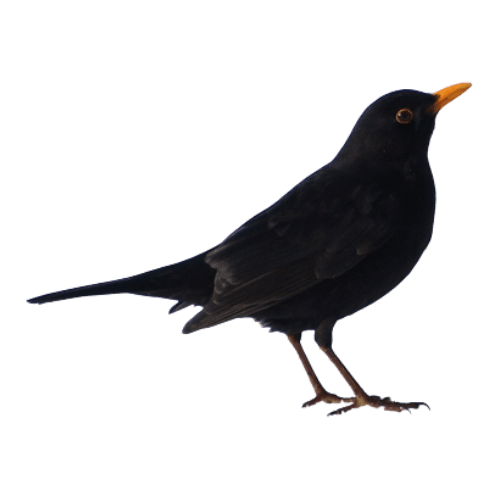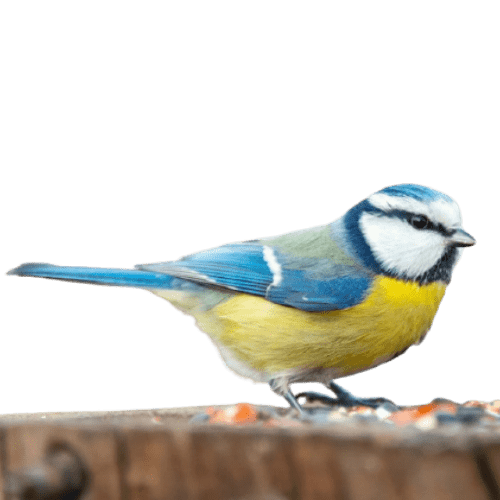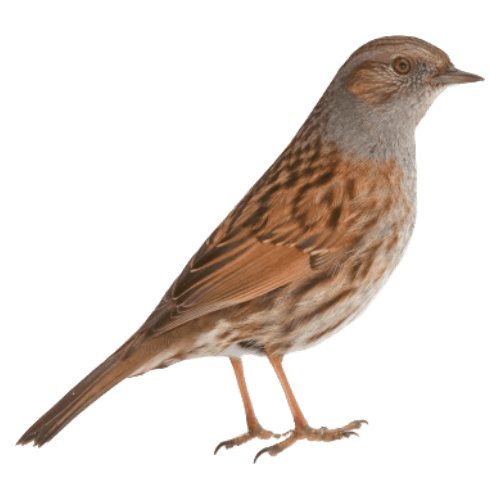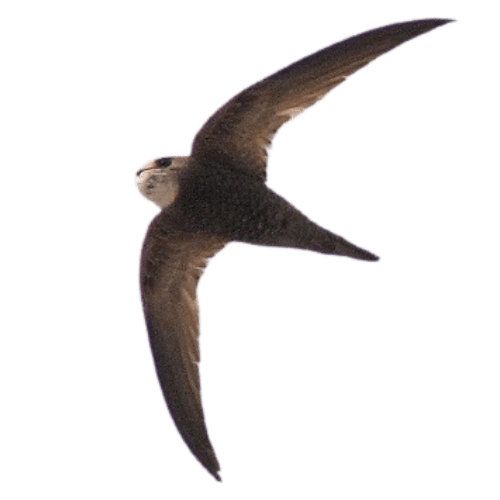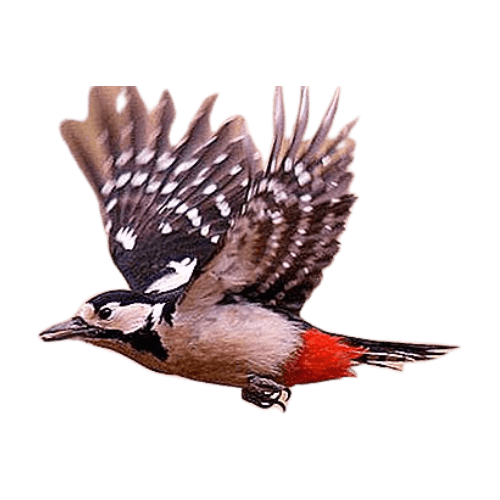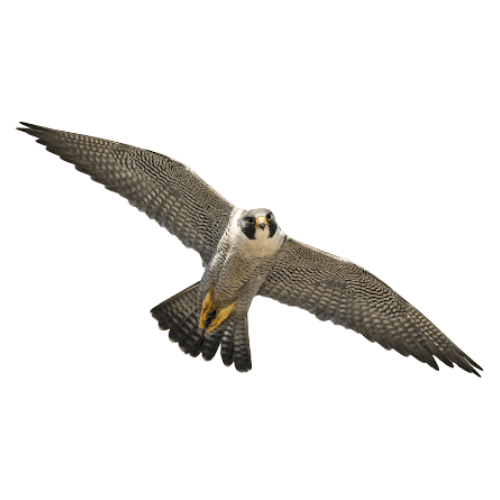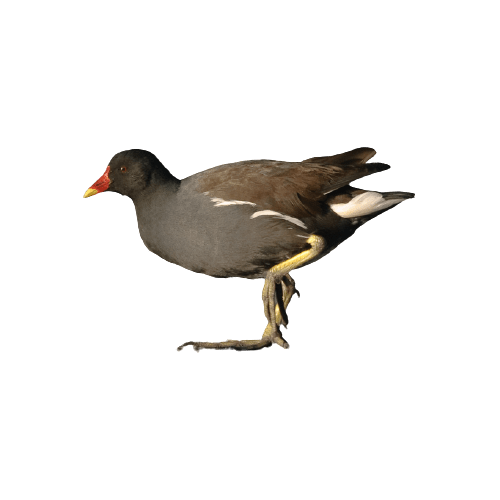BAM birds
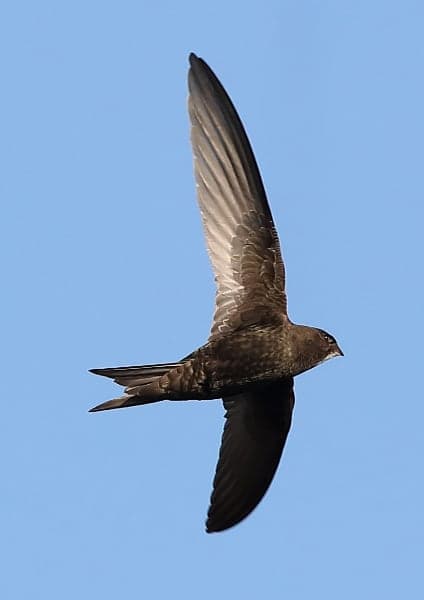
Common swift
apus apus
Together with the pallid swift and alpine swift, the common swift belongs to the Apodiformes order, i.e. without feet, due to its legs being so short that in the past it was thought they had none. In spite of its similar appearance, it is instead not a “relative” of the swallows. It lives in colonies that are sometimes very numerous.
- Length: 17-18.5 cm
- Wingspan: 40-44 cm
- Plumage: evenly dark, black/browh except for its whitish throat. It has extremely long sickle-shaped wings. Its extremely short legs are unsuitable for settling on the ground but perfect for clinging to vertical surfaces. They are untiring flyers and pass most of their lives in flight where they feed. They mate and even sleep in flight and are incredibly fast, reaching 112 kg/h flapping their wings and 220 km/h when diving. They stop only to lay and brood their eggs. The bill is very short and dark while the mouth opening is remarkable, which it holds wide open to capture as many insects as possible while flying.
- Weight: approx. 50 g.
It is an insectivore, feeding exclusively on insects it is able to capture in flight (aeroplankton).
It commonly builds its nest in towns, inside cavities between roof tiles, pantiles, eaves, putlog holes, but it also appreciates artificial birdhouses. By and large, the pairs remain together for life and return to the same nest every year (also for more than 15 years). They lay 2-3 white eggs incubated for about 20 days by both parents that also attend to feeding the chicks, untiringly flying to bring them a sort of “croquette” of insects that they carry in their crops (see photo at bottom left). The chicks take off in flight about 40 days later and once they leave the nest they never return to it.
It is a long-range migrant. In Italy is is present and nest-building between April and the end of July, to then winter in sub-Saharan Africa or southern Asia. It is still a common species but heavily decreasing in some European countries, so it is important to protect its nesting sites that because of modernisations and/or modifications to historic and non-historic buildings they have considerably reduced in number.
It is practically impossible to not be gladdened by their “calls” from April to July, especially in the early morning or late afternoon when they streak over our heads or skim over our buildings in search of food or a cavity suitable for nesting.




